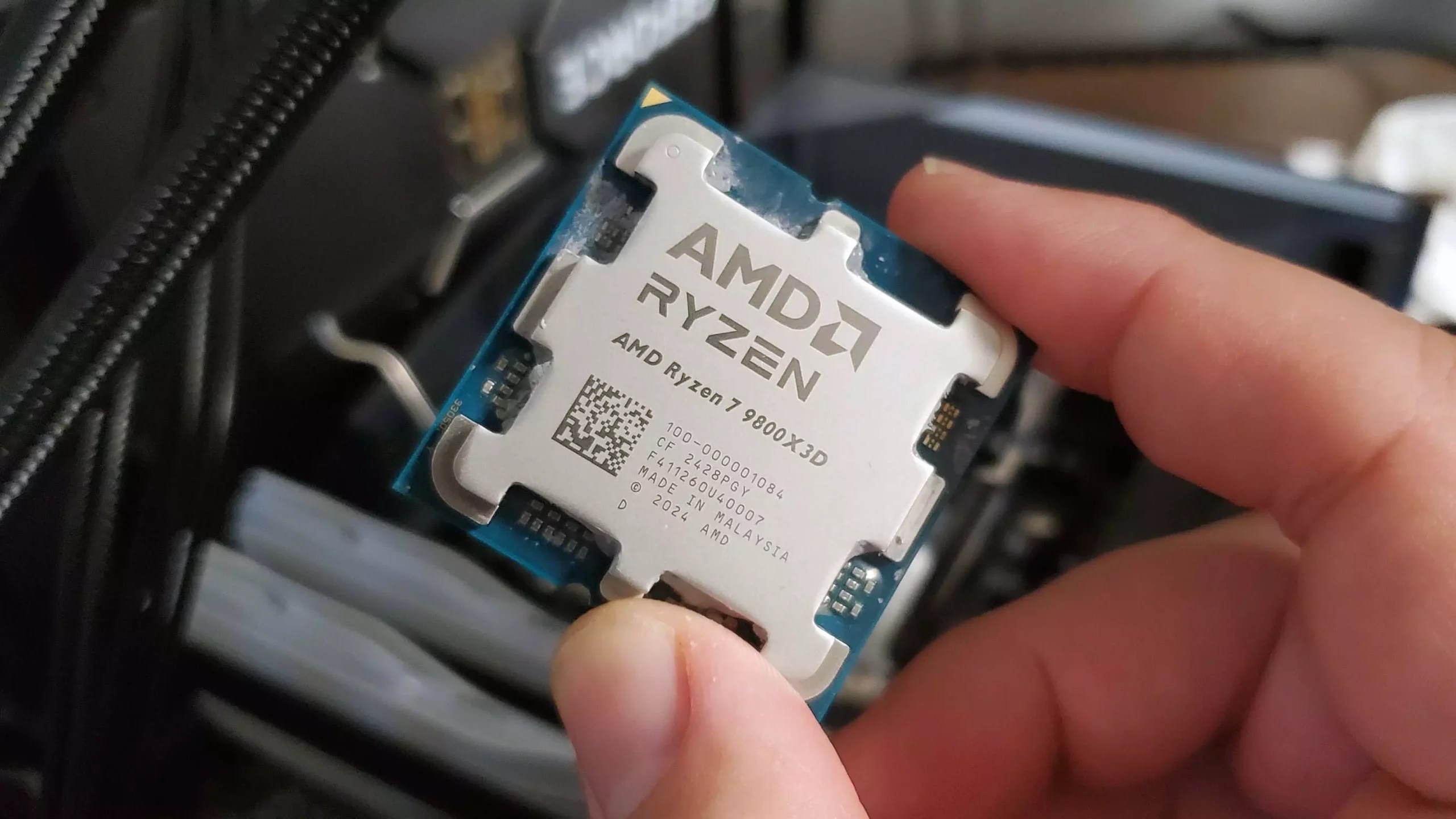AMD’s recent financial disclosures reveal a stunning 32% increase in revenue, soaring to an impressive $7.7 billion. This surge underscores the company’s ability to capitalize on market demand and seizing opportunities in key segments, notably consumer and gaming markets. The quarter’s numbers highlight a pivotal trend: AMD’s capacity to outpace even the most optimistic expectations amidst a fluctuating global economy. What stands out is the strategic focus on consumer-friendly products like Ryzen CPUs and Radeon GPUs, which have clearly resonated with buyers seeking formidable performance and value.
Yet, it’s not merely about raw numbers—there’s a tale of resilience woven into AMD’s strategic pivot. The company has effectively leveraged the strength of its product stack, leading to a 69% year-over-year increase in Client and Gaming division revenue. Demand for high-performance desktop and mobile processors, coupled with graphics cards, has created a robust revenue stream that defies the often-captured narrative of AMD being a challenger rather than a leader. The critical insight here is AMD’s ability to refine its offerings, ensuring it remains at the forefront of a highly competitive industry.
The Market Dynamics: Challenges Beneath the Brilliance
Despite the overall positive trajectory, AMD faces headwinds that temper its euphoria. The recent dip in share prices, following the earnings announcement, reveals investor concern about broader geopolitical and regulatory challenges. Export restrictions, especially targeted at its AI processors like the MI308 GPUs, have inflicted tangible financial pain—stemming to about $800 million in inventory and related charges. This scenario underscores the geopolitical chess match impacting semiconductor supply chains, expressly highlighted by U.S. export controls.
Furthermore, the data center division’s first loss in six months signals a maturation of sorts—it reflects the tough reality of competing in a space dominated by Nvidia’s comprehensive dominance. While revenue grew by 14%, the loss of $155 million illustrates the complexity of scaling in high-stakes markets where geopolitical and regulatory factors are creating headwinds. AMD’s optimism about future growth must be viewed within this context: it’s a gamble on easing export restrictions, aggressive market expansion, and diversification into lucrative AI segments.
Strategic Positioning: Painting a Bright Future Amidst Uncertainty
What sets AMD apart amid these hurdles is its assertive push into new territories, especially in the realm of AI and data centers. The company’s strategic focus on innovation and market penetration signals an ambition to challenge entrenched industry giants. AMD’s confidence about surpassing $8.6 billion in revenue during Q3 shows that it’s unwavering in its growth goals. The potential resumption of AI chip sales to China could be a game-changer, unlocking a new income stream and further solidifying AMD’s footing in a globalized supply chain.
The company’s ability to adapt and pivot—refusing to remain static—reflects a comprehensive understanding of market dynamics. AMD’s leadership recognizes that diversification across sectors like gaming, consumer, and enterprise data centers offers a buffer against volatility. Despite Nvidia’s continued dominance, AMD is wielding its innovative chiplet technology and strategic partnerships to carve out a formidable niche.
While investors remain cautious, the company’s unwavering focus on delivering high-performance, cost-effective products ensures that AMD retains its competitive edge. Its response to challenges—reframing them as opportunities—embodies the essence of disruptive innovation. Looking ahead, AMD’s aggressive expansion plans and strategic resilience will likely redefine the landscape, positioning it as a true industry heavyweight capable of inspiring change across the tech ecosystem.


Leave a Reply